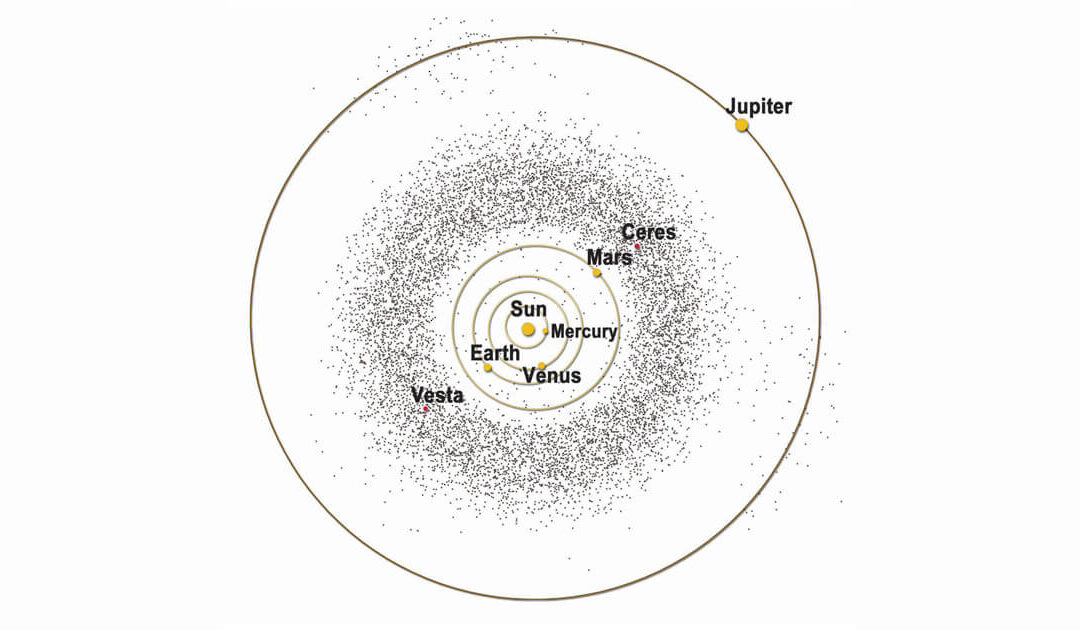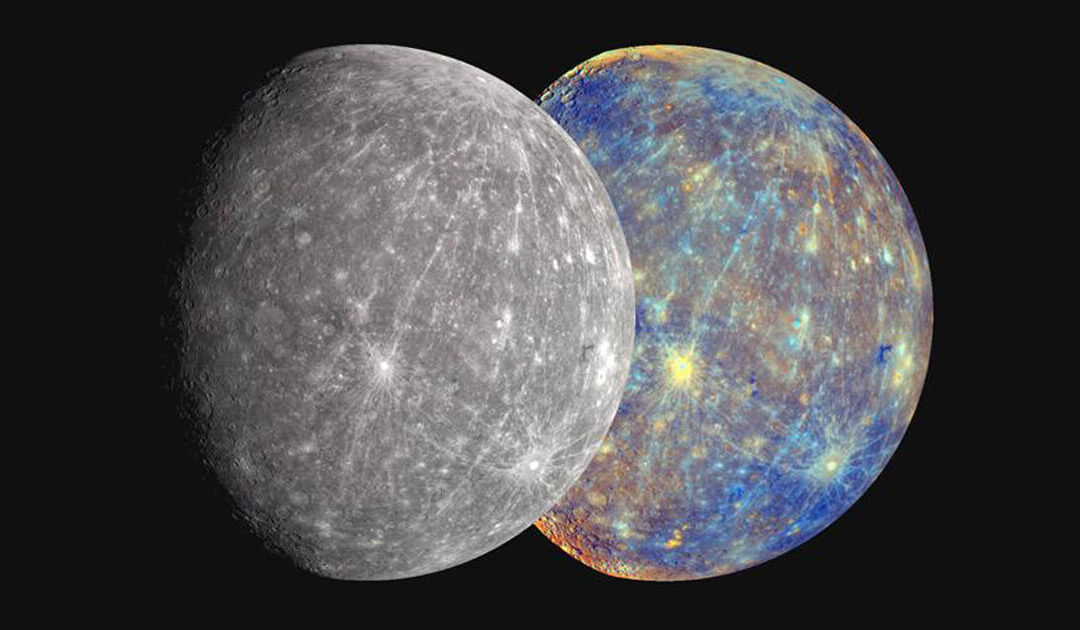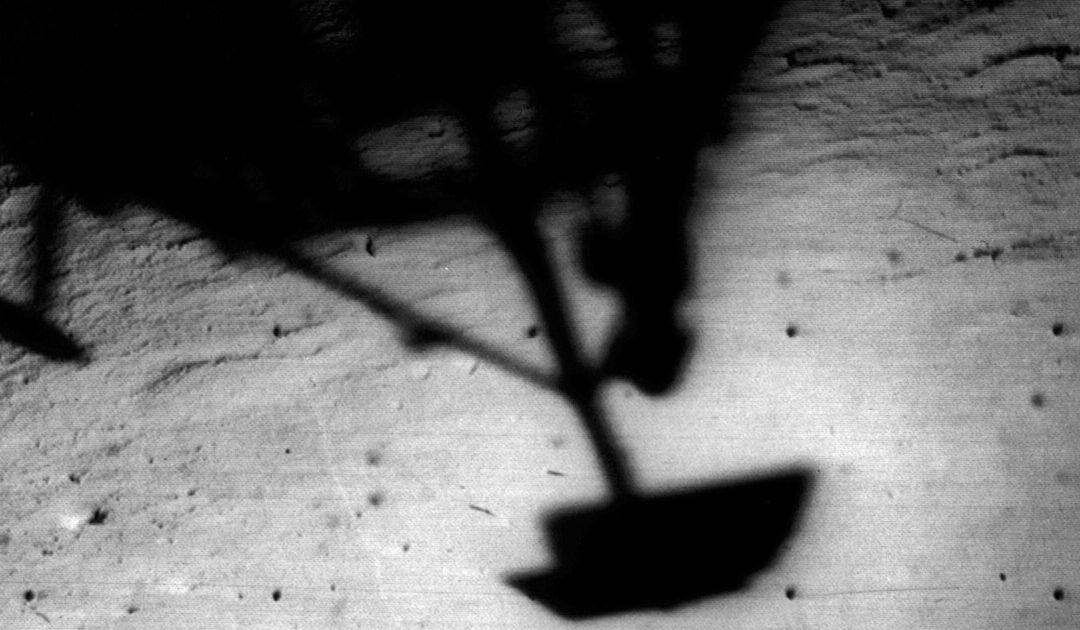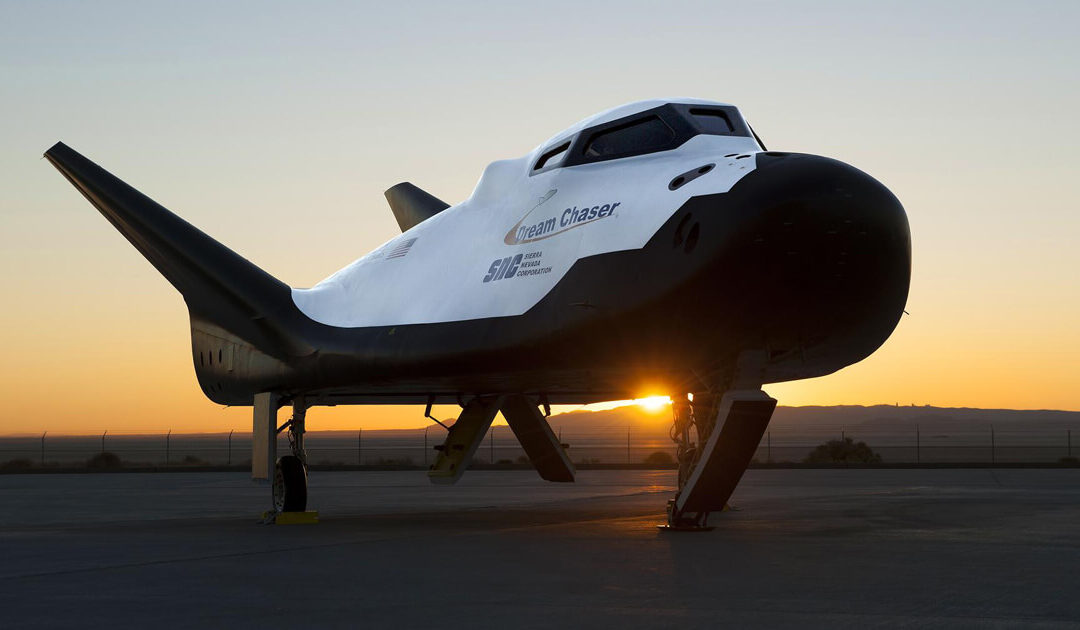A planetary alignment occurs when three or more planets appear on the same side of the Sun relative to Earth, and although this is not itself an uncommon occurrence, this many planets appearing to us at the same time is special.


Planetary Parade
February 12, 2025
Much has been said about what is being referred to as “the planetary parade” this month. This January ![]() , several planets will be visible from here on Earth. A planetary alignment
, several planets will be visible from here on Earth. A planetary alignment ![]() occurs when three or more planets appear on the same side of the Sun relative to Earth, and although this is not itself an uncommon occurrence, this many planets appearing to us at the same time is special. This January, six planets are visible at the same time, and four of those you can see with the naked eye (without any long-distance visual aid such as a telescope). This is due to these six planets happening to be on the same side of the Sun.
occurs when three or more planets appear on the same side of the Sun relative to Earth, and although this is not itself an uncommon occurrence, this many planets appearing to us at the same time is special. This January, six planets are visible at the same time, and four of those you can see with the naked eye (without any long-distance visual aid such as a telescope). This is due to these six planets happening to be on the same side of the Sun.
To understand why this is cool, it is important to note that these planets don’t exist in quite the neat lines we might have made in our science fair exhibits. But the planets do orbit on a flat plane from the Sun, called the ecliptic ![]() . Think about putting several objects on a rotating table. Each of these objects has their own properties and speed at which they would move around the table, but they all remain on that flat surface, creating some semblance of order if you are eye-level to the table. From now through Fri., Feb. 28, you can see Venus, Saturn, Jupiter, and Mars. Add in a telescope, and you might see Uranus and Neptune as well! This month has been full of exciting planetary events! On the 17th and 18th
. Think about putting several objects on a rotating table. Each of these objects has their own properties and speed at which they would move around the table, but they all remain on that flat surface, creating some semblance of order if you are eye-level to the table. From now through Fri., Feb. 28, you can see Venus, Saturn, Jupiter, and Mars. Add in a telescope, and you might see Uranus and Neptune as well! This month has been full of exciting planetary events! On the 17th and 18th ![]() , Venus and Saturn were extra close together in what’s known as a planetary conjunction.
, Venus and Saturn were extra close together in what’s known as a planetary conjunction.
If you want help navigating the night sky, you can check out our astronomy calendar ![]() ! You can also download a free app like SkyTonight
! You can also download a free app like SkyTonight ![]() or use a web tool like Time and Date
or use a web tool like Time and Date ![]() . Enjoy the planetary display, and in the words of Coldplay, “look how they shine for you.”
. Enjoy the planetary display, and in the words of Coldplay, “look how they shine for you.”

Dr. Amy Welsh Q&A
The following is a conversation with Dr. Amy Welsh about her background and her perspective on the sensational dire wolf story. Home > Blog Dr. Amy Welsh Q&A West Virginia University School of Natural...

Stargazing: Noctilucent Clouds
Summer is the season to spot rare and luminescent Noctilucent Clouds. From May to early August, these ethereal clouds show their best displays thirty minutes after sunset or before sunrise. Home > Blog [acf...

Stargazing: June 30 Asteroid Day – date of Siberian Tunguska Event; largest asteroid impact in recorded history
Pre-dawn hours of June 27 will bring peak opportunities to view June’s Bootid meteor shower. A thin crescent moon will enhance the chances of seeing meteors flash across the sky. Home > Blog ...

Stargazing: Solstice June 20– also, Moon-Saturn-Neptune close approach 5:45 a.m. June 18
Welcome summer! On Friday June 20 at 10:42 p.m. EDT, the sun will reach its northern-most point in the sky. Home > Blog Welcome...

Science Centered Profile: Joel Le Forestier, Ph.D.
Dr. Joel Le Forestier founded the Identity and Intergroup Relations Lab at the University of Pittsburgh in 2025 to study the effects of identity concealment. His research explores how hiding one’s identity can negatively impact health and social connection. His work...

Stargazing: Mercury spotting from June 12-29
Mercury watchers will have several chances to view this elusive planet over the next two weeks. Since Mercury is the closest planet to the Sun, there is a small window in which it is visible. Home > Blog [acf...

Anxiety is My Co-Pilot
Headlines have been filled with news of plane accidents and air traffic issues, reigniting anxiety about flying. Home > Blog June 5, 2025 by Robin Oliverio, Ph.D. Is it getting...

Stargazing: Surveyor 1 June 2 Moon landing 1966
On June 2, 1966, Surveyor 1 softly landed on the lunar surface, and NASA celebrated a significant success in the Space Race. Home > Blog ...

Stargazing: Ed White 1st American to walk in space/ISS’s first all-woman spacewalk
Sixty years ago, an American astronaut walked in space for the first time. At 3:45 pm on June 3, 1965, Ed White opened the hatch of the Gemini 4 mission and propelled himself into space. Home > Blog [acf...

Stargazing: ULA Vulcan Centaur: Sierra Space Dream Chaser
A spaceflight first is poised to take place in May. Sierra Space Corporation, the private Colorado-based company, has been developing a reusable “spaceplane.” Home > Blog [sv...


